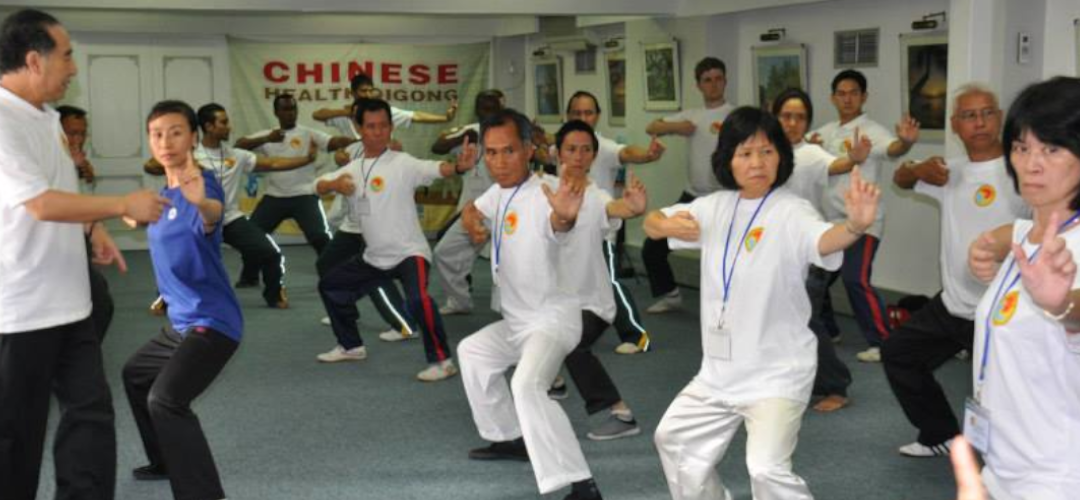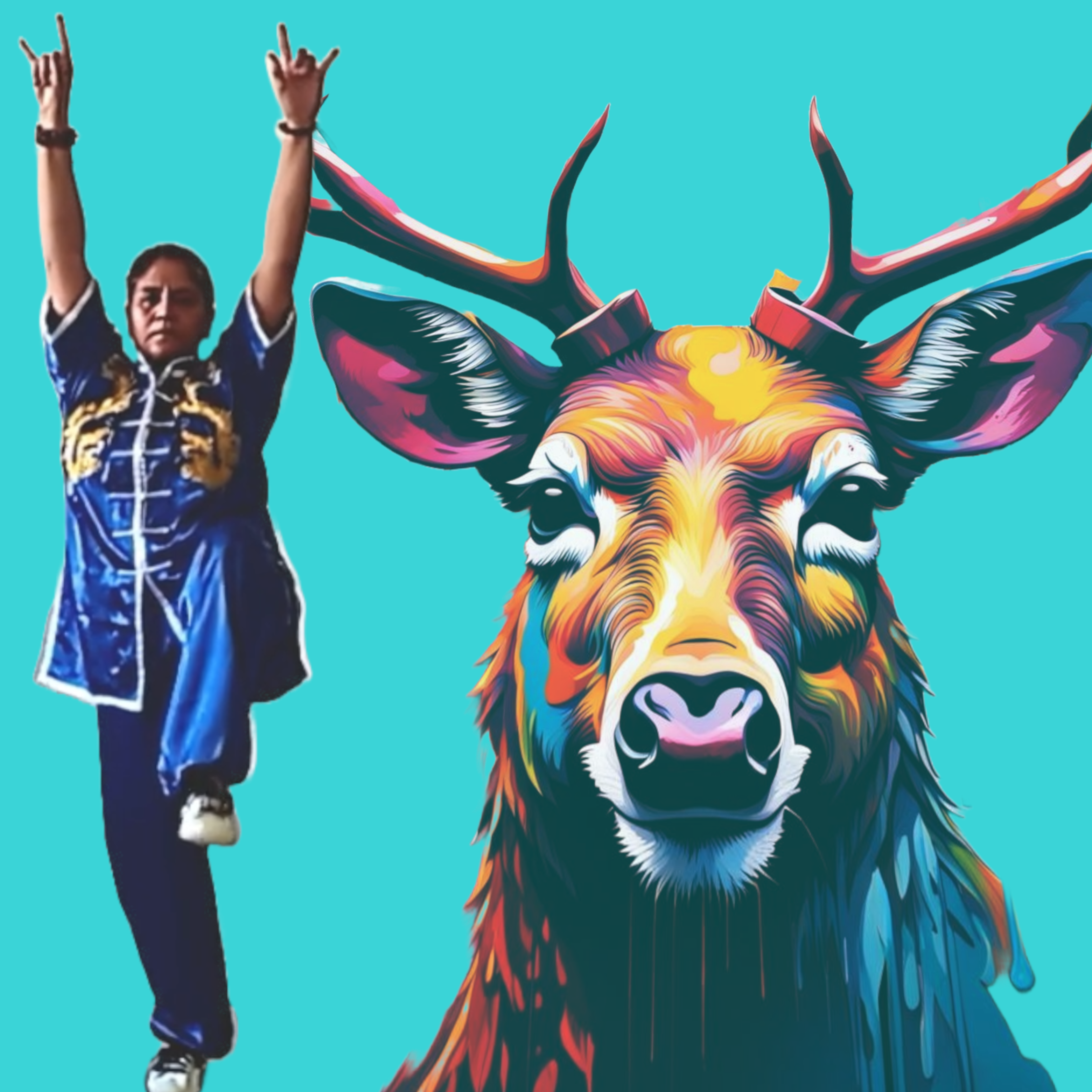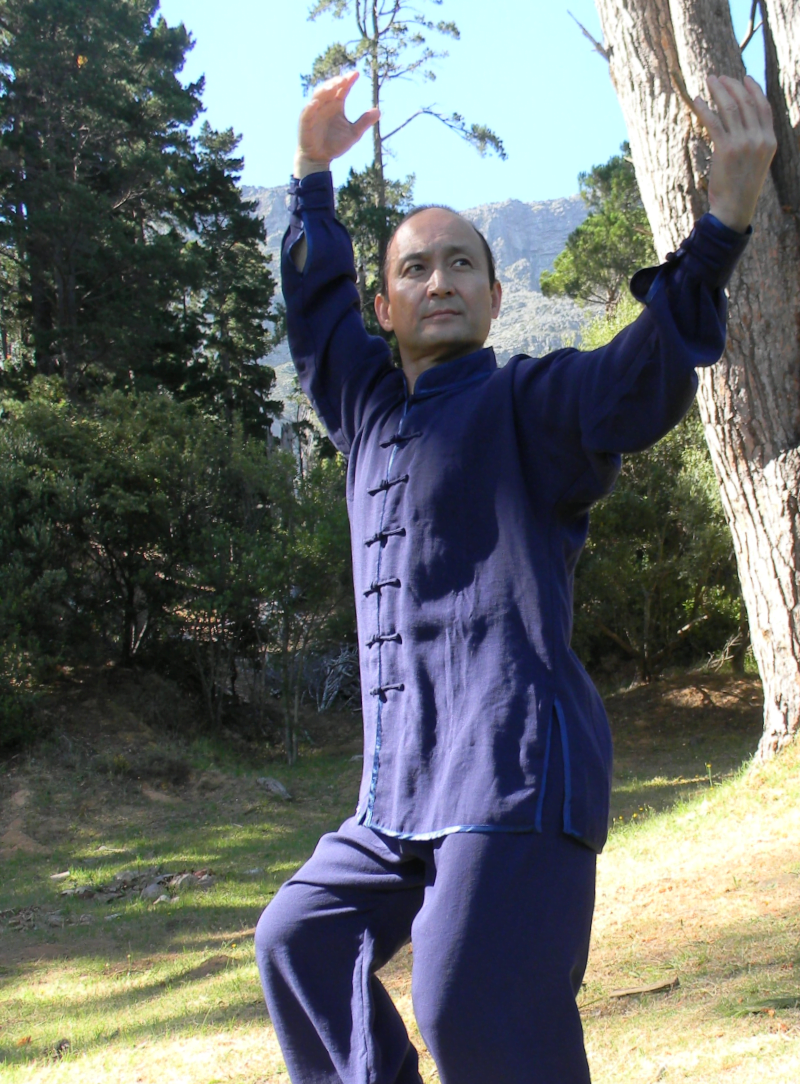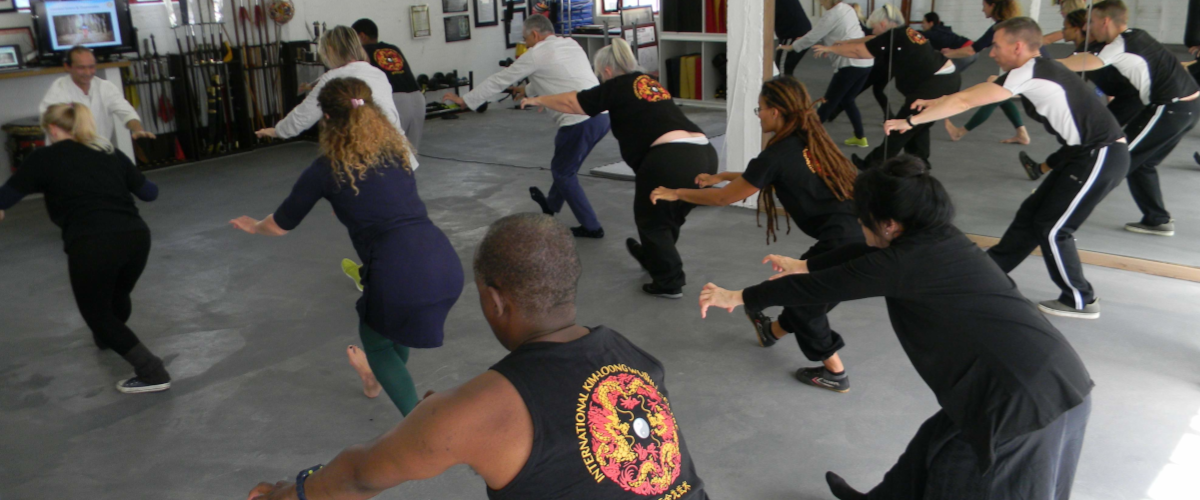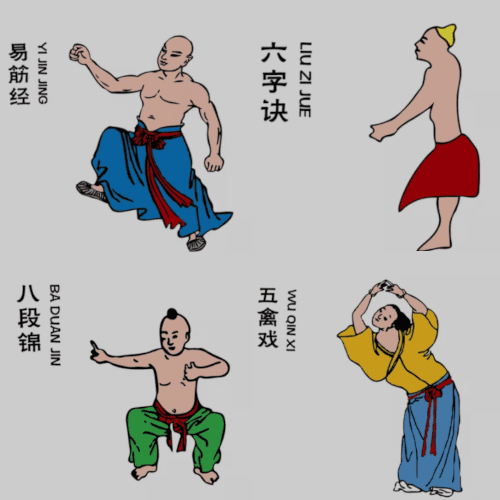How & What is Qi Gong simplistically?
Qi is internal energy, Gong is function or work. Action yet no intentional action – examples of this; the heart pumping, a seed germinating, a wound healing or blood flowing, contractions, etc. are all generated by Qi.
Extract from the book – Classical Qigong by Dr. Jeff Lan

Soften

Rebalance

Rejuvenate

Connect
How To Qi Gong
What is it?
Qi Gong is a series of exercises to aid in the issuing and transmitting (Fa Gong) of Qi for healing and health preservation. Culturally the Chinese believe Qi Gong practice is as important as the air that we breathe. Qi Gong is a series of breathing patterns aimed at stimulating Qi to strengthen immunity to disease, adapt to the external environment and repair internal damage to the human body and regain optimum health. All Chinese Martial Arts (Wushu/Gongfu) rely on the mastery of Qi Gong techniques for the attainment of mental and physical harmony.
Why Use Qigong For Children? The movements involved in Qigong exercises can help children to quickly improve their balance, flexibility, coordination, strength, agility, stamina, and muscle tone. The meditative aspects of Qigong can help children to reduce anxiety and worry, calm their minds, improve focus and concentration, release tension, and improve mental clarity.
How to start Qi Gong is easy. A series of exercises aid in the issuing and transmitting (Fa Gong) of Qi for healing and health preservation.
Historically the vitality of the Asian nation is admirable. Modern science has demonstrated that electromagnetic fields of the body are generated during various biological processes, including rapid cell division, during natural growth processes such as growth of bone cells, as well as following fracture, intense nervous activity associated with mental processes, and various pathological conditions such as abnormal cell growth with diseases like cancer. The distinction between conservative medical practitioners and the new proponents of energy medicine is summed up well by one of the early researchers in the field, Dr. Glen Rein (1992), who wrote:
It is now well known that the human body emits a broad spectrum of electromagnetic and acoustic radiation. Traditional medicine looks at these as by-products of biochemical reactions in the body. They are not considered by most biomedical researchers to be involved with the basic functioning (or healing) of the body. The basic tenet of energy medicine is that these fields are not only involved with functioning of physical/chemical body but regulate these processes. Extract from Energy Psychology by Michael Mayer, published by North Atlantic Books copyright © 2009 by Michael Mayer.
The first recorded history of exercise in China is the Daoist Qi Gong regime. “One must breathe the essence of life, regulate one’s respiration to preserve one’s spirit and keep the muscles relaxed”, extracted from Huang Di Neijing’s The Yellow Emperor’s Manual of Internal Medicine.
The Yi Jin Jing and Xi Sui Jing Qi Gong are the very basic foundations and core of the Shaolin Quan practice. It was developed by Da Mo, a Buddhist Monk who, when he left India, settled in China at a Shaolin Temple. There he saw that the monks were often tired and weak so he taught them these Qi Gong strengthening exercises which enabled them to stay fully alert during their physical training. Most of the Traditional Shifus who teach classical Gong fu are proficient in these two Qi Gong practices as it is the core of the Shaolin Quan training. Yi Jin Jing and Xi Sui Jing are one of the main Qi Gong techniques of my system which I teach to all my students, regardless if they are practicing Northern Shaolin Quan, Yong Chun, Taiji, San Da or other Qi Gong techniques that I teach; it is the basic foundation of my system.
How different are the method systems of Qi Gong
Daoist Qi Gong concentrates on soft internal relaxation and steady gentle training movements, with postures moving from soft to hard;
Buddhist Qi Gong is strong, active, dynamic and external in movement with postures moving from hard to soft. Both however, aim to achieve an equal balance of yin and yang and emptiness of mind;
Confucian Qi Gong is rare and the methods are rather basic and simple;
Medical Qi Gong is involved with theory rather than practice. It concerns the acupuncture meridian points, its channel and pathways.
Martial arts such as Taiji, Shaolin, Xing Yi, Ba Gua and Yong Chun all have their internal training that should not really be considered as a separate classification.
Two ways of practicing Qi Gong
Dong Gong is an active technique. It involves movements relating to acupuncture points and channels, and strengthens the internal organs. This is also found in the practice of Taiji Quan.
Jing Qi Gong is a passive technique like Yin and Yang. It consists of any kind of meditation – sitting, lying or standing – which helps us to cultivate energy and store the Qi in the DanTian. It works on the internal body and clears the mind.
The above article is an extract from the book – Classical Qigong by Dr. Jeff Lan
